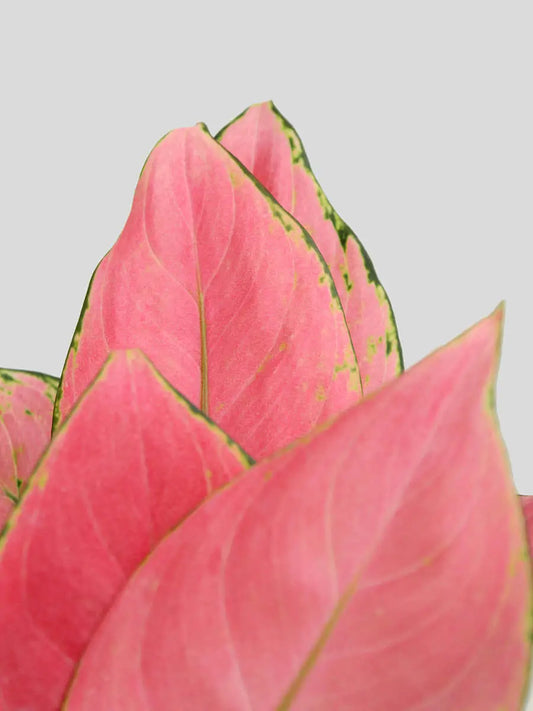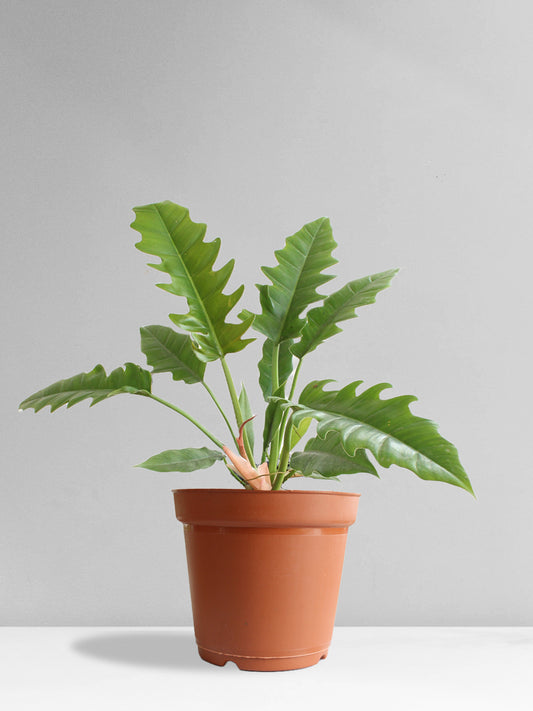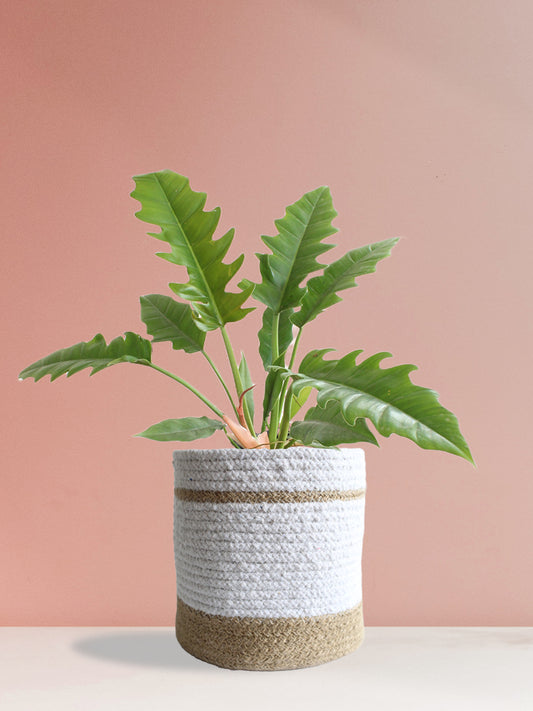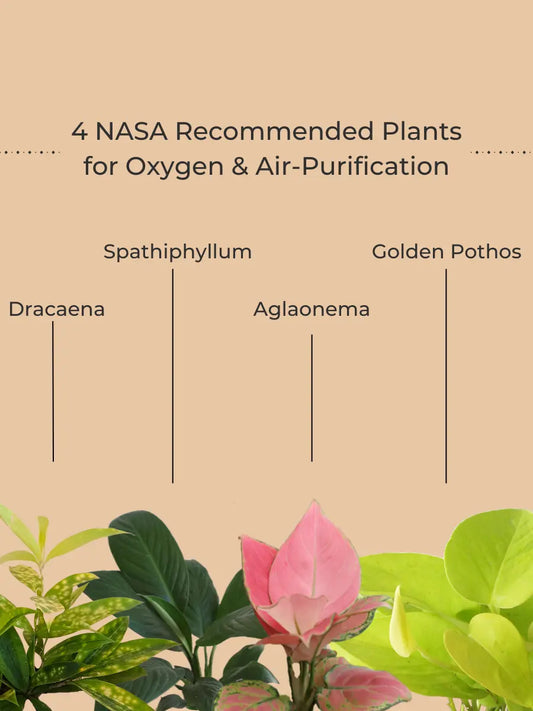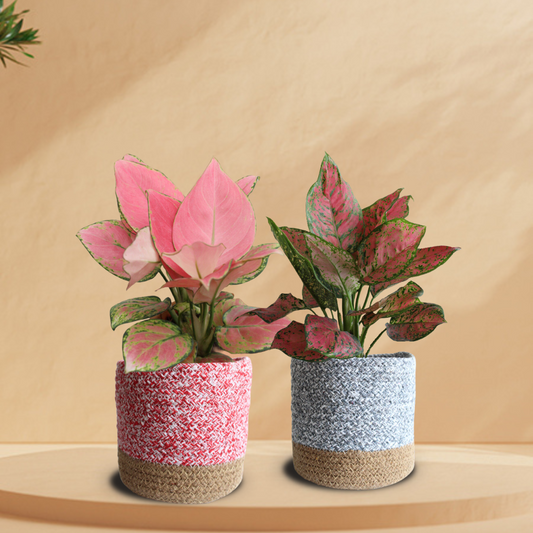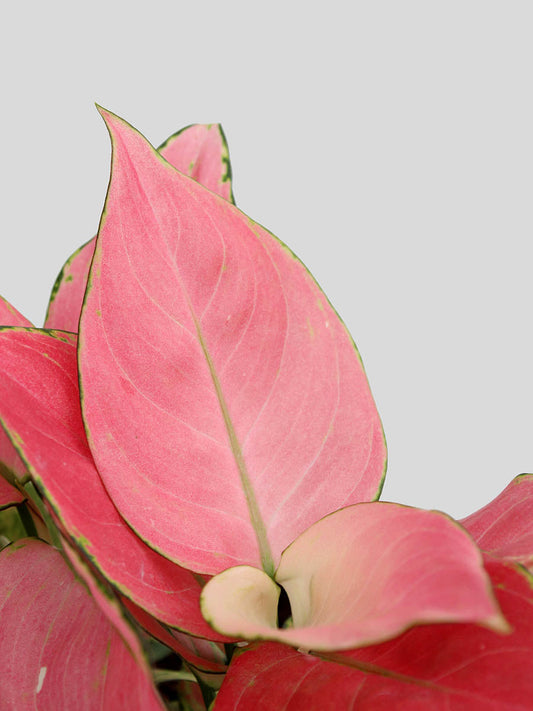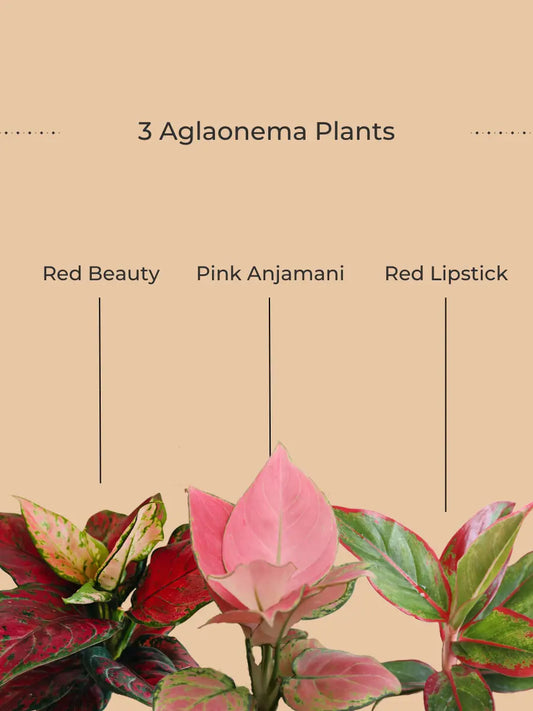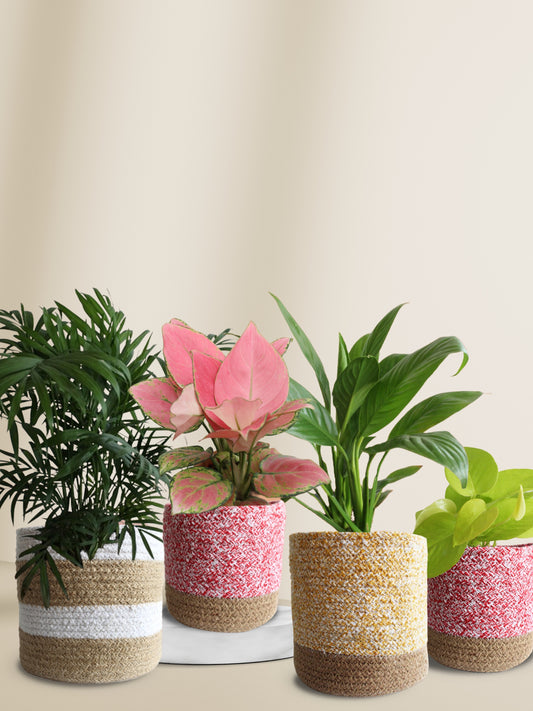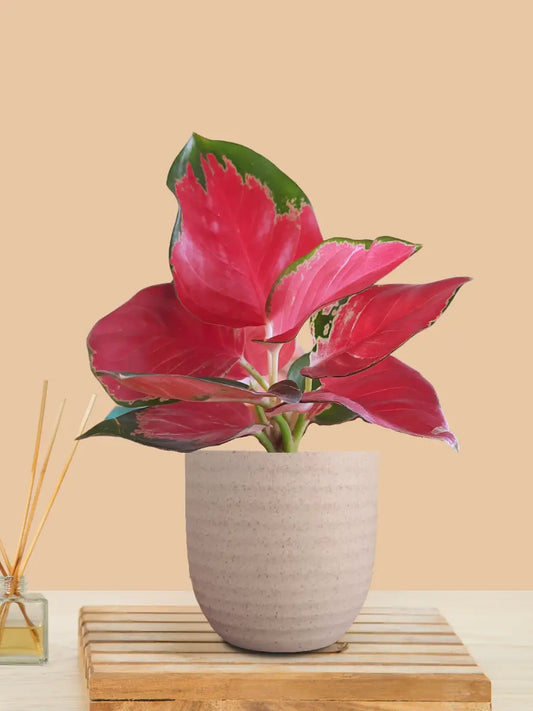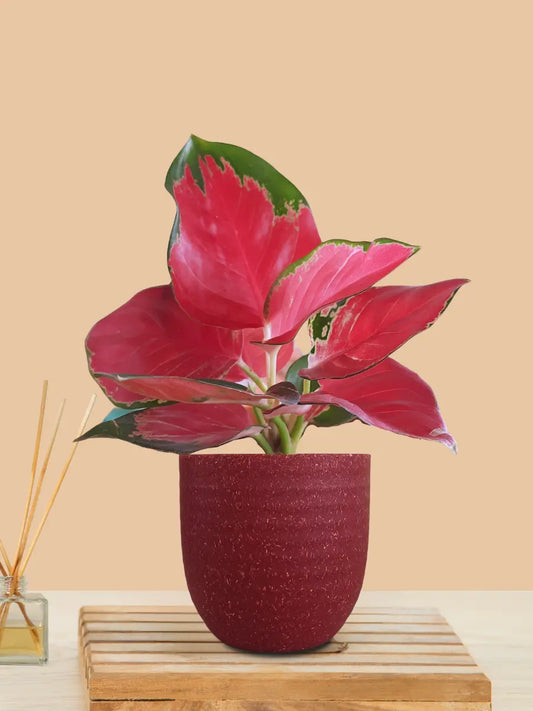Rajnigandha Flower Care Guide
Rajnigandha, also known as tuberose, is a fragrant flowering plant that belongs to the Agavaceae family. The plant is native to Mexico and Central America but is widely grown in India, where it is considered a symbol of love and purity.
So, let's go through the blog where we will inform you about how to plant Rajnigandha flowers, when to plant Rajnigandha Flower, the types of Rajnigandha flowers how to take care of Rajnigandha plant and their benefits.
How To Plant Rajnigandha Bulbs:
Here are the steps to plant Rajnigandha flower bulb:
- Choose a suitable location: Rajnigandha flower bulbs need a warm and sunny location with well-drained soil. Keep it in an area that receives at least 6 hours of direct sunlight.
- Prepare the soil: Make sure the soil is well draining and rich in organic matter. Add compost or well-rotted manure to the soil to improve its texture and fertility.
- Plant the bulbs: Rajnigandha bulbs should be planted in spring after the last frost. Dig the hole 6 inches deep and 6 inches broad. Place the bulb with the pointy end facing upwards and cover it with soil. Make sure to space the bulbs 6 inches apart.
- Water the bulbs: After planting, water the bulbs thoroughly to settle the soil around them. Water the bulbs regularly, especially during dry spells and hot weather, to keep the soil moist.
- Apply fertilizer: Rajnigandha bulbs require regular feeding to grow and flower well. Apply a balanced fertilizer, such as 10-10-10, every 2-3 weeks during the growing season.
- Mulch the soil: Add a layer of organic mulch, such as straw or shredded leaves, around the bulbs to help retain moisture and suppress weed growth.
- Care for the plants: Rajnigandha plants require regular care, including watering, fertilizing, and pest control. Remove any dead or yellowing leaves to keep the plants healthy and attractive.
Check This: 365 Days Flowering Plants In India.
Planting Season of Rajnigandha Flower:

Rajnigandha, also known as tuberose, should be planted in the spring after the last frost. In India, the ideal planting time is between mid-March and mid-April. The plant requires warm temperatures and plenty of sunlight to grow, so it is important to wait until the weather has warmed up before planting.
In India, there are several varieties of Rajnigandha (tuberose) flowers that are commonly cultivated. Here are some of the popular varieties of Rajnigandha:
- 'Single Mexican': This variety of Rajnigandha has single white flowers that are highly fragrant. It is a popular choice for commercial cultivation due to its high yield and strong fragrance.
- 'Double Pearl': This variety produces double white flowers that are larger and more ornamental than the 'Single Mexican' variety. It is a popular choice for floral arrangements and wedding decorations.
- 'The Pearl': This variety produces long stems with clusters of double white flowers. The flowers have a sweet, spicy fragrance and are popular for their ornamental value.
- 'Excelsior': This variety produces large, single white flowers that are highly fragrant. The plant is known for its vigorous growth and ability to produce multiple blooms per stem.
- 'Calcutta Single': This variety produces single white flowers that are highly fragrant. It is a popular choice for home gardens and can be easily grown in pots or containers.
Overall, Rajnigandha is a versatile and highly valued flower in India, prized for its exquisite fragrance and ornamental value. The different varieties offer a range of options for commercial and home cultivation and are an important part of India's floral culture.
Also Check This: Best High Oxygen Producing Indoor Plants.
How to Care Rajnigandha Plant :

Take a look at some tips to take good care of your Rajnigandha plant:
- Soil: Rajnigandha plants prefer well-draining soil that is rich in organic matter.
- Watering: Rajnigandha requires regular watering just make sure to not overwater it. Allow the soil to dry out a little between watering the plant.
- Sunlight: Rajnigandha plants need full sunlight for at least 6 hours a day. So, place your plant in an area that receives direct sunlight.
- Fertilizer: Fertilize your plant every two weeks during the growing season with a balanced fertilizer.
- Pruning: Remove spent blooms and yellowing leaves regularly to encourage new growth.
- Pests and diseases: Keep an eye out for pests like spiders and mites and treat them promptly if you notice any infestations. Common diseases that affect Rajnigandha plants include root rot and fungal diseases, so make sure to provide good air circulation and avoid overwatering.
By following these care tips, you can help your Rajnigandha plant thrive and produce the most beautiful blooms.
Check This: Best Indoor Plants As Per Vastu
Benefits of Rajnigandha Flower :
There are several benefits that make Rajnigandha a popular plant for ornamental and medicinal purposes. Here are some benefits of the Rajnigandha flower:
- Aromatherapy: The sweet, heady fragrance of Rajnigandha is used in aromatherapy to promote relaxation and relieve stress.
- Traditional medicine: In traditional medicine, Rajnigandha is used to treat a variety of ailments, including fever, headaches, and joint pain.
- Skincare: Rajnigandha essential oil is used in skincare products for its moisturizing and anti-ageing properties.
- Respiratory health: The essential oil of Rajnigandha is also used to help relieve respiratory problems such as coughs and congestion.
- Ornamental use: Rajnigandha is a popular ornamental plant that is grown for its beautiful flowers, which are used in garlands, perfumes, and other decorative purposes.
Overall, the Rajnigandha flower has many benefits that make it a valuable plant for both medicinal and decorative purposes!
FAQ's
Q1. What is the Rajnigandha flower called in English?
Ans. Rajnigandha flower is called "Tuberose" in English.
Q2. Is Rajnigandha plant good for home?
Ans. It is one of the best plants to keep at home as it strengthens the love in your family and brings in prosperity to your life.
Q3. What are the benefits of eating Rajnigandha flowers?
Ans. Rajnigandha flower is one of the best natural stress reliever, its pleasant aroma of the flower relaxes the body and calms the mind. It is usually used to manage anxiety, stress, anger, confusion, and cure insomnia.



